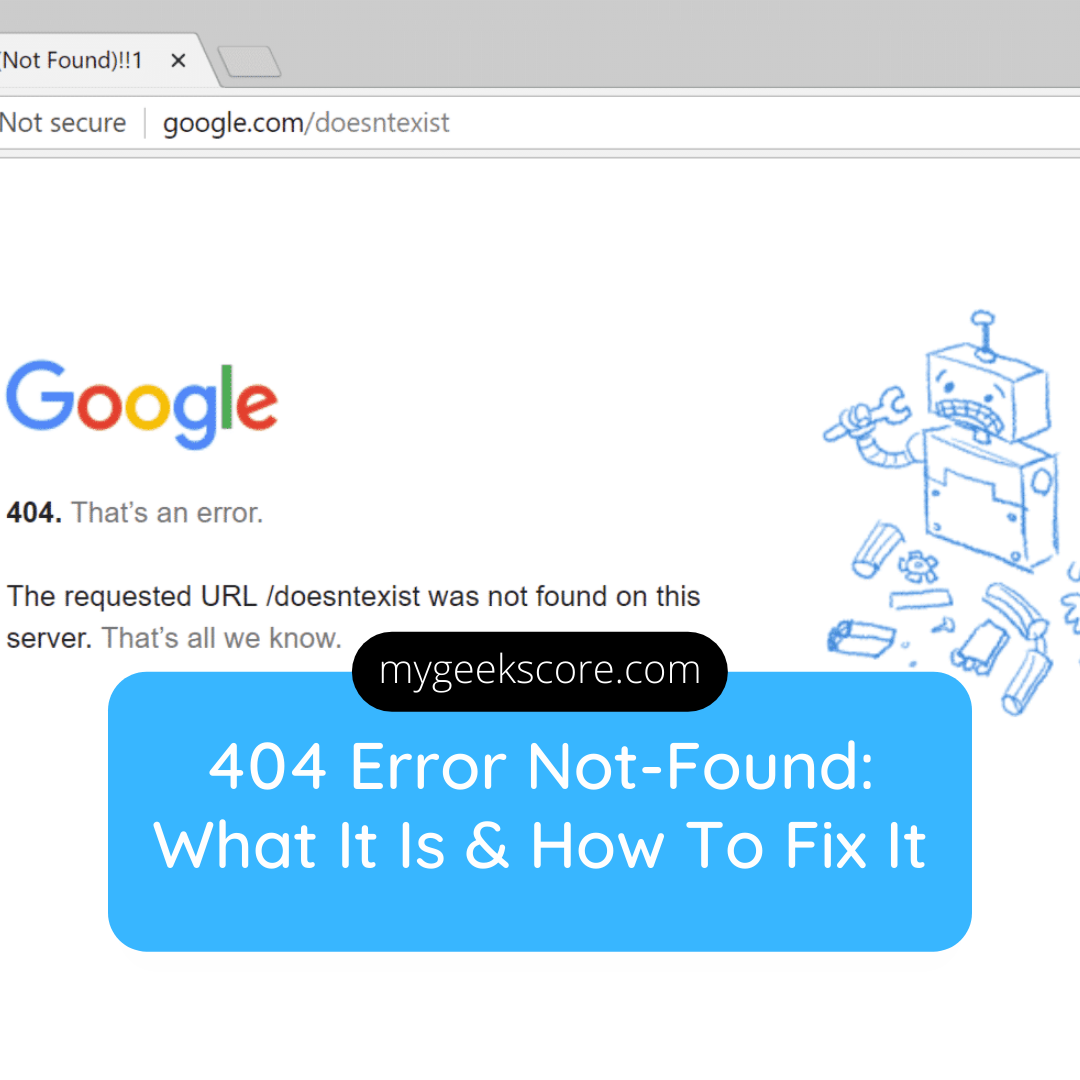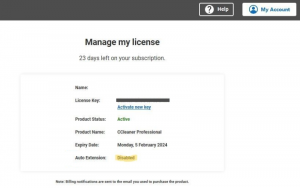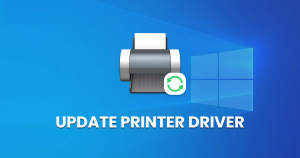404 Error Not-Found: What It Is & How To Fix It

There appears to be an increasing number of 404 error not-found web page blunders. Not too long ago Google posted a write-up announcing it would assign a greater penalty for spiders and web crawlers that index internet pages with outbound hyperlink equity or have not any inbound hyperlink equity. So it’s now more crucial than ever to take care here.
In truth, a web page with a 404 error could bring about people not able to connect with your website’s content material. The more and even further Google is going to step up its match desk and penalize websites that consist of 404 not-found error, the far more and more critical it is actually going to grow to be for you to get rid of the surroundings at all!
Some of the users who go to your internet site are going to come across a 404 web page error. Maybe that vacationer typed in a URL incorrectly or perhaps they clicked on a hyperlink that took them to a web page that not exists for your internet site.
What is 404 error not-found?
In simple terms, a 404 error is a server-side error that displays an HTTP/1.1 404 not-found message when a user tries to view a page that does not exist. This type of error occurs when a browser requests a page from a web server and the server responds with an HTTP status code of 404 which means that either the requested resource doesn’t exist or more commonly that it has been moved (or ‘moved’) to another location.
Where do 404 error not-found occur?
404 errors can occur anywhere on your website and they can be generated by both your server and the website’s browser. The client’s browser generates errors if there is no data being returned from your web server and your server generates errors if there are no files on your site or an incorrect file extension is used in the URL request.
How to fix 404 error not-found on your website?
The simplest way to fix this error is by using a 301 redirect, which will immediately redirect visitors from the old page to the new one. You can also use a 404 page as a placeholder for all other types of errors, such as 404 not-found, 500 internal server errors, etc.
Here are some methods that can help you fix 404 error not-found on your website:
- Restoring deleted pages can help users find the content that they were hoping to find instead of an error message. It also ends up being a little more work for the webmaster, but after the page has been restored, it can be added back to the search engines so that anyone looking for this information in the future will be able to find it.
- The404 page is a blank page that appears when you click a link to a page that doesn’t exist. Often the 404 page contains information about how the link should be fixed, or it may lead to a search function or other resources. There’s no reason to panic when you see one of these pages! Many website owners don’t realize they can just leave the 404 in place and it will do no harm.
The 404 is not indexed by most search engines, so if you leave it there, it will stop getting traffic. This is especially important if the page was getting negative attention or if was full of spammy links or words.
- If you anticipate people will be typing your URL into their browser, you can set up redirects that take people to the correct version if they accidentally misspell it. You can use your logs to see which redirects are most visited and then remove any that aren’t used often.
You may also like, how to fix startup problem in Windows 7.
How 404 error not-found happens
Not-found errors are the most common error found on websites. These are generated when a browser requests a page that doesn’t exist in the server.
Most 404 errors happen because of incorrect permalink settings or broken links. Let’s go through the different ways in which 404 errors can occur on your website:
Broken Links – Broken links are usually caused due to outdated pages or broken links within an email campaign. The best way to prevent 404 errors is by using link checkers like Google’s URL Builder, which helps you find and fix broken links in your website quickly.
Missing Images – This is one of the most common causes for Not-found errors on websites today. It could also be caused by images being deleted from the server or not having proper alt tags for images used as background images or in CSS code.
Permalinks – Permalinks are URLs that form part of a permanent record of content on your site and should never be changed once created as they help direct users to the desired content on your site quickly and efficiently via search engine rankings (SEO).
Follow us on Quora.
Tags: how to fix http error 404 not found, what is http error 404 not found, how to fix 404 error not found, what is 404 error not found, how to find 404 error not found.





